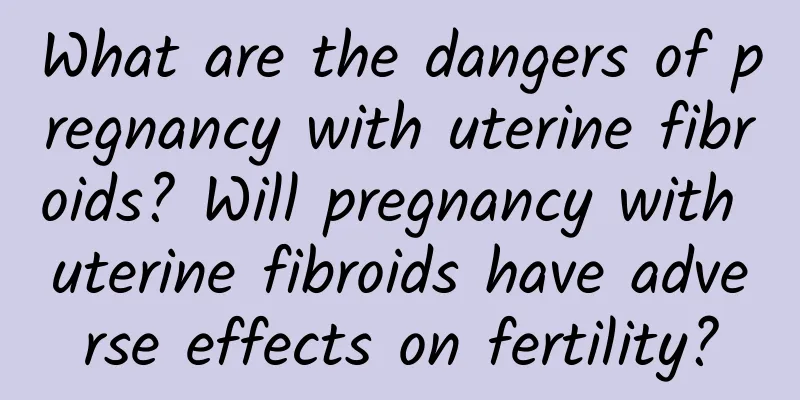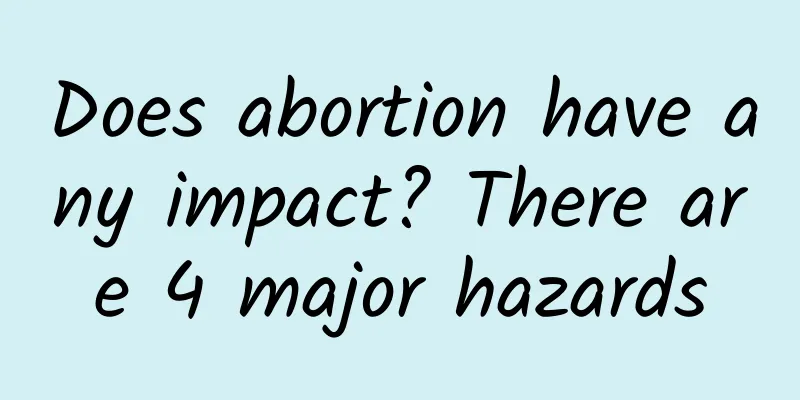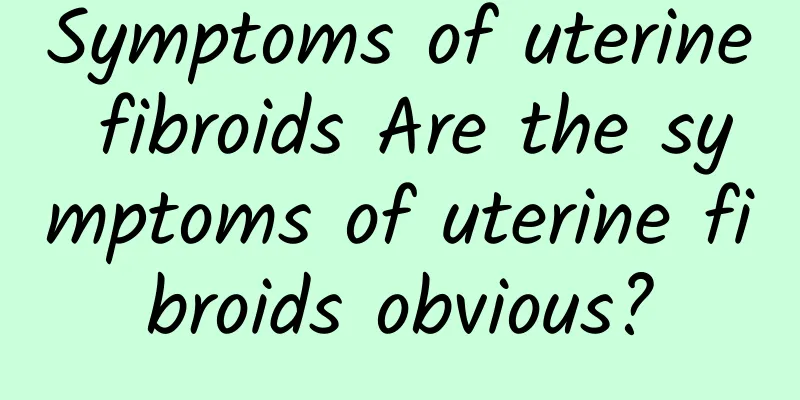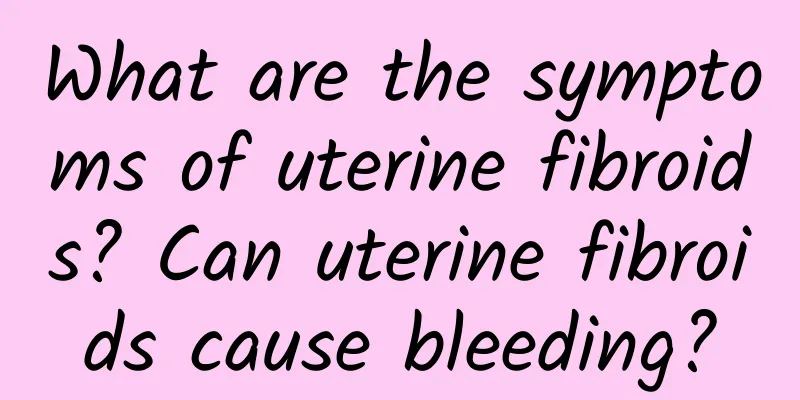What are the dangers of pregnancy with uterine fibroids? Will pregnancy with uterine fibroids have adverse effects on fertility?

|
Pregnancy with uterine fibroids has adverse effects on fertility. It can cause miscarriage in early pregnancy, especially for submucosal uterine fibroids. In the middle and late stages of pregnancy, in addition to the effects of uterine fibroids on pregnancy, the effects of pregnancy on uterine fibroids also need to be considered. There are three types of changes in uterine fibroids during pregnancy: enlargement, no change, shrinkage or disappearance. In most cases, it is not difficult to understand that uterine fibroids will gradually increase with the increase of pregnancy weeks. Since the blood supply to the uterus will increase significantly after pregnancy, and estrogen and progesterone have a growth-promoting effect on uterine fibroids, ultrasound examinations after pregnancy will reveal an increase in fibroids. During the growth of uterine fibroids, a small number of patients grow too fast and the blood supply cannot keep up, resulting in ischemia and necrotic degeneration of the fibroids. The more common degenerations are cystic degeneration and red degeneration. Cystic degeneration refers to necrosis, liquefaction, and cystic tissue of the fibroid tissue, which generally has no obvious symptoms. Red degeneration is due to the rapid change in the volume of the fibroid, rupture of blood vessels, bleeding, and diffusion of blood into the tissue. The clinical manifestations are acute abdominal pain and fever. Examination often finds that the volume of the fibroid has increased. In some patients, uterine fibroids may shrink or even disappear after pregnancy. This is mainly due to the gradual absorption of the fibroids after necrosis and degeneration. Therefore, it is not surprising to find that the fibroids have disappeared after an ultrasound examination. If the uterine fibroids are not large and do not block the birth canal, vaginal delivery is possible. Just pay attention to the contraction of the uterus after delivery. Sometimes uterine fibroids can affect uterine contraction and cause postpartum bleeding. However, if the fibroids block the birth canal and require a cesarean section, it is generally not recommended to remove the uterine fibroids at the same time. Of course, if the fibroids are only located in the lower incision of the uterus, or most of them are located under the serosa, the fibroids can also be removed. When the amount of amniotic fluid is normal, there will always be a certain amount of space for the fetus to grow and develop, and it will not directly compress the fetus and cause deformities. In short, the treatment principles for pregnancy complicated by uterine fibroids are generally observation and conservative treatment. After delivery, the location and size of the uterine fibroids should be re-evaluated to decide whether to perform surgical treatment. |
>>: What are the hazards of pregnancy complicated with uterine fibroids?
Recommend
Can I eat spicy hot pot during my period? It's best not to eat it
It is best not to eat Malatang during menstruatio...
The black tide is coming! The last battle of weight loss in life
The so-called authority refers to a person's ...
What should I do if my vaginal discharge is like tofu dregs and my vulva is itchy? It is recommended that patients check first
Women's leucorrhea has the properties of tofu...
What are the dietary taboos for patients with cervicitis?
Everyone knows about cervicitis. In life, there a...
Several major causes of ectopic pregnancy
Women must not ignore the symptoms of ectopic pre...
Obesity can cause diabetes! Gastric bypass surgery may be considered
The number of people with diabetes in Taiwan has ...
How much does it cost to treat bacterial vaginosis?
Women who have bacterial vaginosis hope to cure t...
Good news for weight loss! FDA approves oral weight loss drug Belviq
Good news for those who want to lose weight easil...
What foods promote the growth of uterine fibroids? What foods promote the growth of uterine fibroids?
What foods promote the growth of uterine fibroids...
How do symptoms of vulvar itching manifest?
Vulvar itching and vulvar leukoplakia are the mos...
What are the nursing measures for threatened abortion?
What are the nursing measures for threatened abor...
There are 3 major types of headaches during menstruation. How to relieve headaches?
20% of women experience pain during menstruation,...
Cost of treatment for habitual miscarriage
Abortion is not scary. What is scary is a mentali...
What is a good treatment for ovarian cysts?
What is a good treatment for ovarian cysts? There...
How to self-diagnose whether you have uterine fibroids?
Uterine fibroids are the most common benign tumor...









